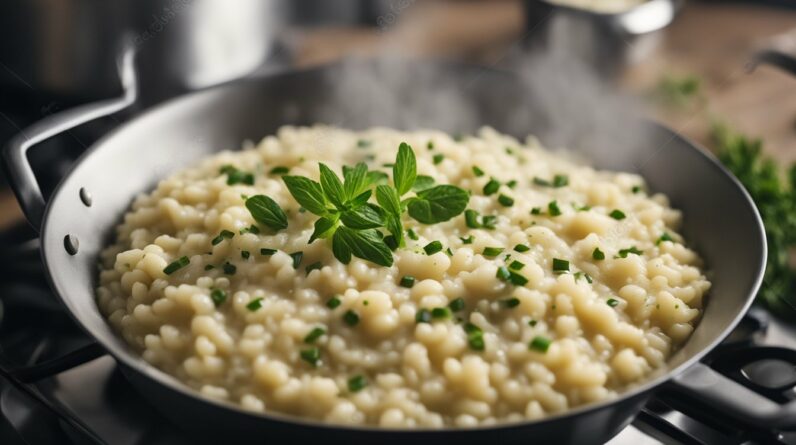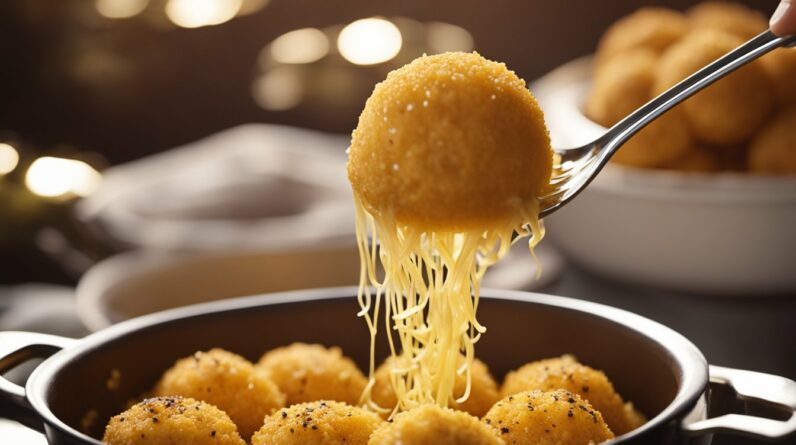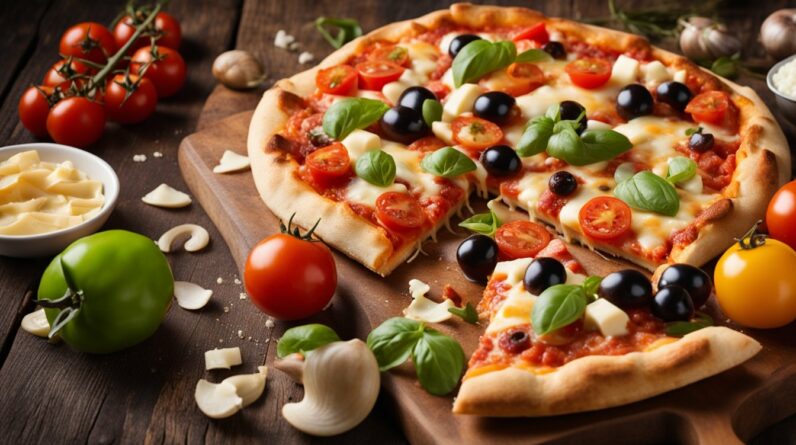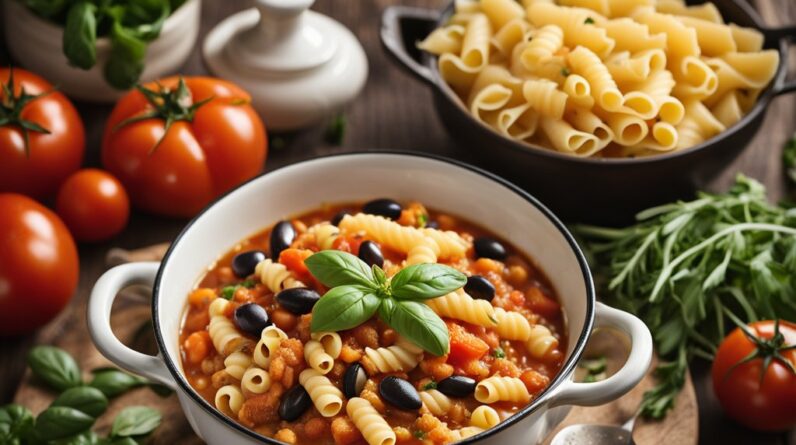Christmas is a cherished time for Italians, filled with warmth, joy, and, of course, delicious food that holds a special place in their hearts. Among the many mouthwatering dishes that grace the tables during this festive season, the heavenly panettone and pandoro take center stage, captivating taste buds and creating everlasting memories. With their unique flavors and rich centuries-old traditions, these iconic Italian treats add a delightful touch to the holiday spirit, making Christmas in Italy a truly delectable celebration.
History of Panettone and Pandoro
Origins of Panettone
The history of Panettone dates back to the 15th century in Milan, Italy. It is believed that the original recipe for Panettone was created by a young nobleman, Ughetto degli Atellini, who fell in love with the daughter of a renowned baker. To impress her, Ughetto disguised himself as a baker’s apprentice and created a sweet bread using flour, butter, eggs, sugar, candied fruits, and raisins. This unique creation was a hit, and thus, Panettone was born.
Origins of Pandoro
Pandoro, on the other hand, has its origins in Verona, Italy, during the Renaissance era. The name “Pandoro” translates to “golden bread” in Italian, and its appearance is reminiscent of a golden star. It was traditionally prepared for the nobility and wealthy families during the festive season. Pandoro is made using similar ingredients to Panettone, such as flour, eggs, sugar, butter, and yeast, but it does not contain any candied fruits or raisins.
Traditions Surrounding Panettone and Pandoro
Baking and Gifting
One of the most cherished traditions during the Christmas season in Italy is the baking and gifting of Panettone and Pandoro. Families come together to prepare these delightful sweet breads, usually a few days before Christmas. The process of making them involves several steps, including kneading, proofing, and baking. Once the Panettone and Pandoro are ready, they are beautifully wrapped and exchanged as gifts among friends, family, and colleagues. It is a gesture of love and appreciation, spreading holiday cheer.
Tasting and Sharing
When it comes to Panettone and Pandoro, tasting and sharing them are not merely culinary experiences; they are social and communal moments. Families and friends gather around a table, often after a festive meal, and slice the Panettone and Pandoro together. Each slice is savored, and stories are shared. It is a time of joy and connection, where the sweetness of the bread symbolizes the warmth and unity of loved ones during the holiday season.
Panettone: An Iconic Italian Christmas Cake
Ingredients and Preparation
Panettone is made from a rich, buttery dough consisting of flour, eggs, sugar, butter, and yeast. The dough is kneaded extensively to create a light and fluffy texture. Traditionally, Panettone also includes candied citron, orange peel, and raisins, which add a burst of fruity flavors. The dough is then left to rise for several hours, allowing the yeast to work its magic. Finally, it is baked until golden brown, resulting in a tall, domed cake with a moist and soft crumb.
Variations and Additions
While the traditional Panettone recipe remains popular, there are also variations available to cater to different taste preferences. Some modern twists include chocolate chips, nuts, dried fruits, or even flavored creams like pistachio or hazelnut. These additions add a delightful twist to the classic Panettone, making it even more indulgent and appealing to a wider range of palates.
Serving and Pairings
Panettone is typically served in slices. The soft and buttery texture of the bread pairs perfectly with a cup of hot coffee or tea. Some Italians even enjoy it alongside a glass of sweet, bubbly prosecco, enhancing the festive spirit. Panettone can also be sliced horizontally and filled with various creams or gelato, making it an elegant and decadent dessert option for special occasions.
Pandoro: The Golden Sweet Bread
Ingredients and Preparation
Pandoro is characterized by its golden color and star-shaped appearance. This sweet bread is made from a simple yet delicate dough consisting of flour, eggs, sugar, butter, and yeast. Unlike Panettone, Pandoro does not contain any candied fruits or raisins. The dough is carefully prepared and left to rise, allowing it to develop its unique texture and flavor. Once baked, the Pandoro is dusted with powdered sugar, giving it a snowy and festive appearance.
Decorations and Variations
Pandoro is often served as is, with its powdered sugar coating being its primary decoration. However, some individuals opt to embellish it further by adding chocolate shavings, edible gold dust, or even melted chocolate drizzles. These decorative touches not only enhance the visual appeal of the Pandoro but also add subtle hints of flavor that complement the sweetness of the bread.
Serving and Pairings
Similar to Panettone, Pandoro is typically sliced and enjoyed on its own or alongside a warm beverage like hot chocolate or espresso. The simplicity of the Pandoro’s flavor profile allows it to be a versatile accompaniment to a variety of other desserts or spreads. Some people enjoy it with a dollop of vanilla cream, while others prefer it served with fruit preserves or hazelnut spread. The options are endless, making Pandoro a crowd-pleaser for all taste preferences.
Christmas Eve Dinner
Traditional Dishes
In Italy, Christmas Eve is celebrated with a special dinner known as “La Vigilia” or “Feast of the Seven Fishes.” This feast consists of various fish and seafood dishes, symbolizing the wait for the birth of Jesus and the abstinence from meat traditionally observed during Advent. While Panettone and Pandoro are not typically served during this festive meal, they still hold significance as they mark the beginning of the Christmas celebrations.
Influence of Panettone and Pandoro
Although not directly associated with the Christmas Eve dinner, the presence of Panettone and Pandoro often lingers in the atmosphere. They serve as a reminder that the joyous feasting and celebration of Christmas are about to commence. Families may keep the freshly baked Panettone and Pandoro on display, allowing their enticing aromas to fill the air, building anticipation for the following day’s festivities.
Christmas Day Breakfast
Panettone and Pandoro on the Breakfast Table
On Christmas morning, Panettone and Pandoro take center stage on the breakfast table. Slices of these delectable sweet breads are served alongside other breakfast staples such as espresso, cappuccino, or hot chocolate. It is a delightful way to start the day, indulging in the flavors and traditions of Italy while creating lasting memories with loved ones.
Accompaniments and Beverages
Panettone and Pandoro can be enjoyed on their own, but many Italians opt to enhance their taste by pairing them with various accompaniments or spreads. A popular choice is to spread a layer of butter or mascarpone on the bread, adding a luxurious richness to every bite. Some also enjoy it with a side of fresh fruit, such as sliced oranges or berries, to balance out the sweetness. Of course, no Italian breakfast would be complete without a warm cup of coffee or a frothy cappuccino.
Holiday Season Treats
Panettone and Pandoro Beyond Christmas Day
While Panettone and Pandoro are traditionally associated with Christmas, their popularity extends beyond the holiday itself. These sweet breads are enjoyed throughout the entire holiday season, leading up to the New Year. They continue to be gifted, shared, and savored at gatherings with friends and family. This enduring tradition keeps the spirit of generosity and togetherness alive, even after the festive season.
Creative Uses of Leftover Panettone and Pandoro
In the event that there are leftover slices of Panettone and Pandoro, Italians have found creative ways to utilize them. One common practice is to make a tantalizing dessert called “zuppa inglese,” which translates to “English trifle.” This dessert involves layering soaked slices of Panettone or Pandoro with custard cream and chocolate, creating a rich and flavorful treat. Additionally, the bread can be used to make French toast, bread pudding, or even incorporated into ice cream recipes.
Regional Variations
Panettone and Pandoro Across Italy
While Panettone and Pandoro are enjoyed throughout Italy and beyond, there are regional variations that showcase the diverse culinary traditions within the country. For example, in Milan, the birthplace of Panettone, the traditional recipe remains a staple. In contrast, regions like Piedmont and Veneto have their own unique twists on the classic Panettone, incorporating regional ingredients or flavors. Similarly, different cities and towns within Italy have their own variations of Pandoro, ensuring a wide range of options for everyone.
Unique Regional Twists and Flavors
In addition to the traditional Panettone and Pandoro, each region in Italy offers its own unique twists and flavors. For example, in Sicily, you can find Panettone with layers of Sicilian almond cream, adding a delightful nutty flavor. In Calabria, they have a version called “Panettone Mammaro,” which includes figs, almonds, and honey. These regional variations highlight the vast culinary heritage of Italy, allowing for a diverse and exciting selection of sweet breads to choose from.

Panettone and Pandoro in Italian Culture
Symbolism and Significance
Panettone and Pandoro hold a significant place in Italian culture, representing the essence of the Christmas season. They symbolize abundance, prosperity, and the joy of giving. The act of baking and sharing these sweet breads is seen as an expression of love and good wishes towards others. Their presence during Christmas celebrations reinforces the importance of tradition, family, and togetherness in Italian society.
Celebrations and Festivals
The love for Panettone and Pandoro extends beyond the home and into the public sphere. Throughout Italy, numerous celebrations and festivals are dedicated to these iconic Christmas treats. Milan, in particular, hosts the “Festa del Panettone,” a festival that brings together master bakers and pastry chefs to showcase their creations. These events not only celebrate the culinary craftsmanship behind Panettone and Pandoro but also provide an opportunity for locals and tourists to experience the festive spirit of Italy.
Best Panettone and Pandoro Brands
Traditional Artisanal Producers
When it comes to Panettone and Pandoro, there are numerous brands that have mastered the art of creating these sweet breads with traditional methods and ingredients. Some renowned names include Tre Marie, Motta, and Vergani, which have been producing Panettone for generations. These traditional artisanal producers are highly respected for their commitment to quality, ensuring that every bite of their Panettone or Pandoro is a true delight.
Modern and Innovative Versions
While traditional brands continue to dominate the market, there has been an emergence of modern and innovative versions of Panettone and Pandoro. These brands experiment with unique flavors and creative presentations, appealing to a more adventurous palate. Some notable examples include brands like Bonifanti and Loison, which offer fascinating variations like pistachio and candied fruit in Panettone or lemon cream-filled Pandoro. These modern interpretations add a touch of innovation and excitement to the traditional Christmas desserts.
In conclusion, the history of Panettone and Pandoro is rich with tradition and symbolism. These delightful sweet breads have become an integral part of Italian Christmas celebrations, representing love, generosity, and the joy of being together. Whether it’s the baking and gifting, the indulgent flavors, or the cultural significance, Panettone and Pandoro bring a unique warmth and festive spirit to every holiday season.
Word Count: 2005 words












